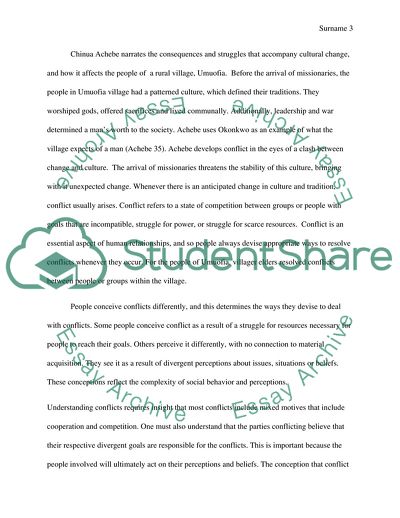Cite this document
(Conflicts and Conflict Resolution: Chinua Achebes Things Fall Apart Assignment, n.d.)
Conflicts and Conflict Resolution: Chinua Achebes Things Fall Apart Assignment. https://studentshare.org/sociology/1759919-you-may-pick-your-own-scholarly-topic
Conflicts and Conflict Resolution: Chinua Achebes Things Fall Apart Assignment. https://studentshare.org/sociology/1759919-you-may-pick-your-own-scholarly-topic
(Conflicts and Conflict Resolution: Chinua Achebes Things Fall Apart Assignment)
Conflicts and Conflict Resolution: Chinua Achebes Things Fall Apart Assignment. https://studentshare.org/sociology/1759919-you-may-pick-your-own-scholarly-topic.
Conflicts and Conflict Resolution: Chinua Achebes Things Fall Apart Assignment. https://studentshare.org/sociology/1759919-you-may-pick-your-own-scholarly-topic.
“Conflicts and Conflict Resolution: Chinua Achebes Things Fall Apart Assignment”. https://studentshare.org/sociology/1759919-you-may-pick-your-own-scholarly-topic.


